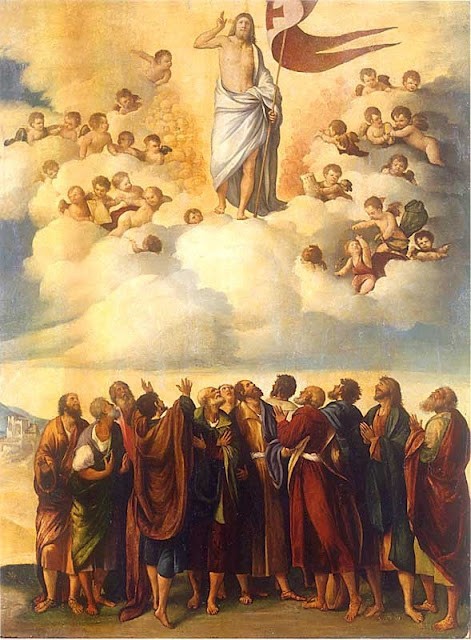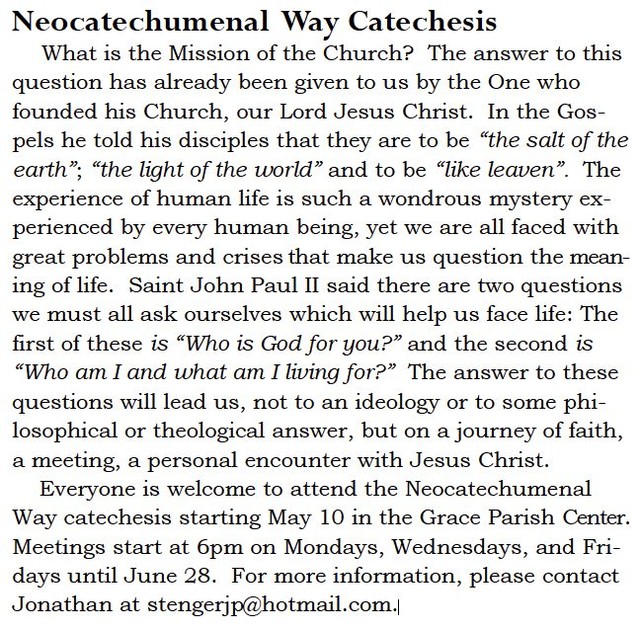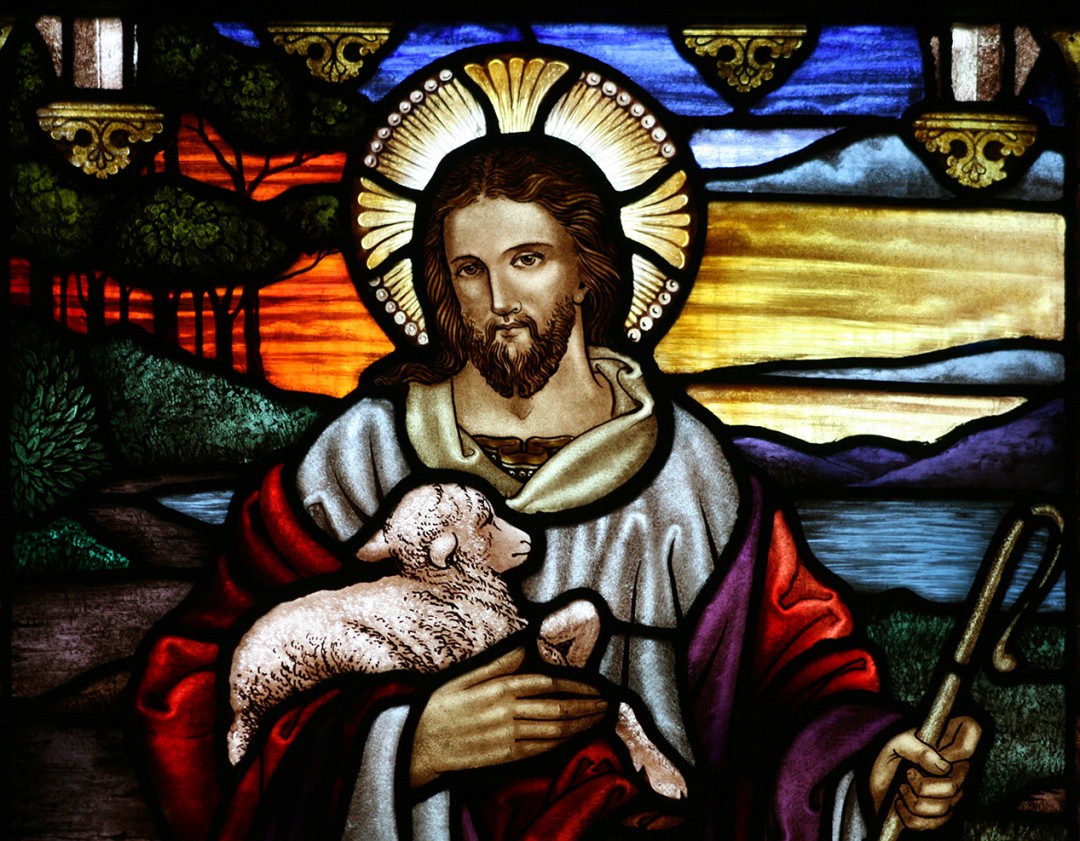“When I would be in the church, it bothered me how dark the Stations were and how I could hardly make out what each one was,” Debbie says. “Sometime last year as I was sitting there, I heard in my head, ‘Maybe you can do something about it,’ and I don’t think that was me talking to myself. Last spring, I asked Fr. Lio if he would like help with making the Stations more visible. Coming to St. Michael Church is like coming home. It is our home parish, so that is why it is so easy for us to help where we can.”
Debbie has a Bachelor of Arts degree in Art with a certification to teach from Wilkes University in Pennsylvania.
“Over the years I have painted several portraits and landscapes for family and clients, but most of my energy went into my marriage and raising my family,” she says. “Now there is more time for special projects as the kids are all grown. Ed has all sorts of experience and is very knowledgeable about wood, so he was the grace I needed when the damaged and worn Stations made it to our condo.”
St. Michael’s Via Crucis, or Stations of the Cross, has a very unique mo`olelo. Originally made in Europe in the 1800s, each carving weighs 70 pounds. They come from a church in Iraq that succumbed to the effects of the war there. Eventually, they made their way to an auction house in France where they were purchased, all 14 panels were shipped to Hawai`i, and donated to Fr. Stephen Macedo by a parishioner for use at his then parish. As God’s providence would have it, they did not fit in that church and turned out to be a perfect fit at the new St. Michael’s building. So, Fr. Stephen gave them to our parish.
The Stations were previously dark wood panels, and the glare from the windows during the day made it difficult to see what was carved onto them. After Debbie and Ed returned home to Utah from their visit, they brainstormed several ideas for how to restore and paint the Stations. After review, Fr. Lio chose the option to keep the natural wood of the panels and have the figures painted with color and gold. The Stations were each delivered to the Cunninghams, starting with the 10th Station during the first week of February.
There was much cleaning and refinishing work that needed to occur before painting could begin. “Initially, it took me four hours to clean one, but then Ed took charge of that and got it down to three hours with his methods of vacuuming, scrubbing, and wiping so as not to saturate the wood with water,” Debbie says. “On a lot of them, the wood panels behind the carved reliefs needed the old, partially worn-away varnish to be removed. We used painters’ tape to do this since the varnish was so old and fragile.
“Many of the Stations needed their wood to be stained because of their poor condition and difference in color to the better ones,” she adds. “Before this was done, Ed did the required steps to fix any damage, such as gluing and clamping pieces together. There were some tiny circular pieces that were missing, and Ed found a perfect replacement at the hardware store.”
Once this work was complete, the Stations were ready to be painted. Debbie mixed 30 unique colors of paint to use for the reliefs and their intricate details.
“The master artisans who carved each Station gave them incredible detail — such as Jesus’ depiction on Veronica’s veil, the musculature of the bodies, veins and tendons, nails, hair, facial expressions, and flowing garments,” she says. “One detail of note is that the guard in the seventh Station has one tooth.”
During the restoration, prayer was an important part of Debbie’s work.
“Before I began a painting session, I would pray to God and Mary and ask for the grace and help to make them look beautiful,” she says. “I would listen and pray the Stations of the Cross as I painted each one, especially when I was painting Jesus. I’d pray the Rosary and the Divine Mercy Chaplet as well. I’d listen to some Gregorian chant at times, but there was also some rock and Hawaiian slack key to keep me going.
“I wanted to do this to give praise and thanks to God for my husband, children, grandchildren, our marriage, and all the blessings, people, and experiences in my life!” she adds. “It was a personal prayer from the depths of my heart to God. He gave me this talent, and this was the perfect way to use it. I am so thankful I was given the privilege of adding color to these magnificent reliefs of carved wood.”
The final step after painting the station was to apply orange oil. On April 11 — Monday of Holy Week — the work was finally done.
“I am grateful to Jesus and His love for us, and I am also grateful to Fr. Lio for the privilege of painting our Savior for our church community and everyone who visits,” Debbie says. “God gives us our talents and gifts so we can use them for His glory where they are needed. Gifts are meant to be shared, no matter how grand and wonderful, or small and seemingly unimportant. When we share our gifts, it pleases God. God uses us in ways we cannot fathom, so let us not be afraid to offer our talents for His use.”































